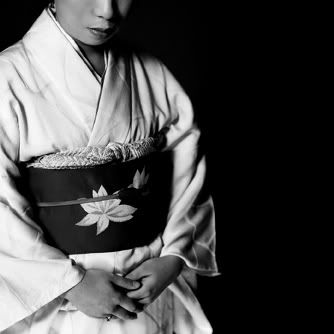Japan's oldest geisha marks her 99th birthday
ATAMI, Shizuoka -- Japan's oldest active geisha, Kokin Nee-san, celebrated her 99th birthday.
Kokin has been a geisha for more than 80 years. She still practices playing the shamisen and singing kouta songs at least once a week even now, keeping her ahead of the country's 2,800 younger geisha.

"I've gotta do my best for the customers," she says, adding that she hopes to be able to give a performance on her 100th birthday next year.
Kokin was born in 1909, then served as an apprentice geisha in Kofu after graduating from elementary school. Kokin celebrated her 99th birthday this week because of the old practice of counting ages as starting from 1 at birth.








